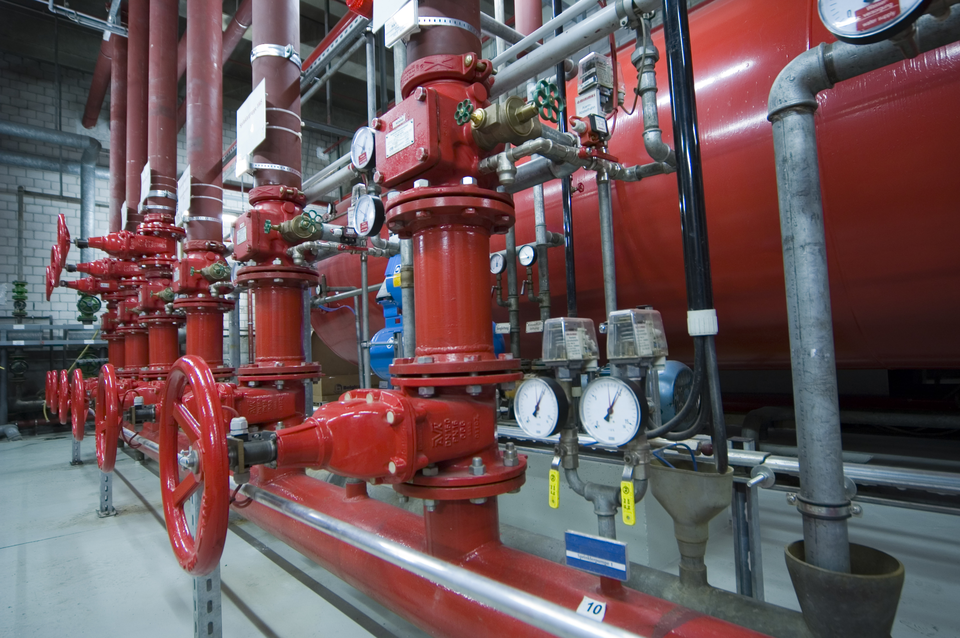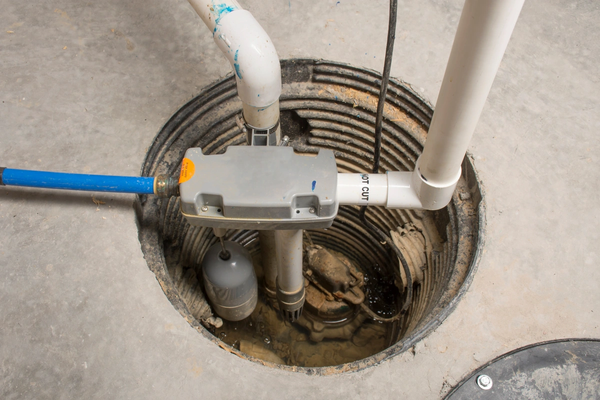Our Comprehensive Handbook to Dealing with Low Water Pressure in Your Home
Our Comprehensive Handbook to Dealing with Low Water Pressure in Your Home
Blog Article
We have encountered this great article pertaining to 9 Reasons for Low Water Pressure in Your House listed below on the internet and believe it made good sense to discuss it with you on this page.

Low tide pressure in your home can be a frustrating trouble, impacting whatever from bathing to cleaning dishes. If you're experiencing weak water circulation, there are a number of possible reasons and services to discover. In this guide, we'll review typical reasons for low water pressure and practical steps to address the problem effectively.
Introduction to Low Tide Pressure
Low water stress occurs when the flow of water from your taps, showers, and other fixtures is weak than usual. This can make everyday tasks more challenging and much less effective. Comprehending the causes of low tide pressure is critical to discovering the appropriate service.
Typical Causes of Low Tide Pressure
Faulty Pressure Regulators
Pressure regulatory authorities are in charge of preserving consistent water pressure in your home. If they malfunction, it can result in low tide stress or irregular circulation throughout your house.
Metropolitan Water Supply Issues
Occasionally, the trouble exists outside your home. Municipal water issues, such as main line leaks or upkeep work, can temporarily minimize water pressure in your location.
Pipeline Obstructions
With time, pipes can become obstructed with mineral deposits, debris, or particles, limiting the flow of water. This is a common concern in older homes with galvanized steel pipelines.
Corrosion
Rust within pipelines can lead to leaks and minimized water stress. Corrosion build-up can tighten water flow, especially in maturing plumbing systems.
How to Detect Low Tide Pressure
Checking Pipelines
Inspect visible pipes for signs of leaks, corrosion, or blockages. Focus on any type of unusual noises, such as banging or rattling pipes, which can show concerns within the plumbing system.
Consulting with a Plumber
If you're not able to identify the root cause of low water pressure, take into consideration employing an expert plumber to conduct an extensive inspection. They can recognize underlying problems and recommend ideal services.
Checking Taps and Fixtures
Beginning by evaluating the water stress at different taps and fixtures throughout your home. If the problem is separated to particular locations, it might indicate local problems.
Do It Yourself Solutions to Repair Low Tide Pressure
Flushing Hot Water Heater
Sediment accumulation in the hot water heater can restrict circulation and decrease performance. Flushing the storage tank occasionally helps eliminate debris and maintain ideal efficiency.
Examining Stress Regulatory Authority
Guarantee that the pressure regulatory authority is working correctly. Readjusting or replacing the regulatory authority can assist recover appropriate water stress throughout your home.
Cleaning Aerators and Showerheads
Natural resources can collect in aerators and showerheads, reducing water flow. Remove and clean up these parts regularly to enhance water stress.
Clearing Up Clogs in Pipeline
For minor blockages, attempt making use of a plumbing serpent or chemical drainpipe cleaner to clear blockages in pipelines. Be cautious when using chemicals and comply with safety guidelines.
When to Call a Specialist Plumber
If do it yourself initiatives stop working to fix the issue or if you presume substantial plumbing problems, it's finest to look for assistance from a qualified plumber. They have the know-how and tools to deal with complicated concerns securely and effectively.
Preventive Measures to Preserve Water Pressure
Setting Up a Stress Booster
Take into consideration mounting a stress booster pump to boost water stress in locations with constantly reduced flow. This can be particularly useful for multi-story homes or properties with high-demand components.
Surveillance Water Usage
Be mindful of water usage routines and stay clear of overtaxing the plumbing system. Straightforward adjustments, such as staggering showers and laundry loads, can assist maintain sufficient water stress.
Routine Upkeep
Schedule routine maintenance for your plumbing system to avoid issues such as corrosion, leaks, and clogs. Attending to small troubles early can help stay clear of even more substantial repair services later.
Final thought
Dealing with low tide pressure can be discouraging, but determining the underlying reasons and applying proper options can recover ideal circulation throughout your home. Whether it's cleaning up aerators, evaluating pipes, or consulting with a plumber, taking proactive actions can make certain a constant supply of water for your day-to-day needs.
FOUR WAYS TO FIX LOW WATER PRESSURE NOW
Turning on a shower or faucet only to find the water comes out in a sad, slow drizzle is never a good feeling. How exactly are you supposed to wash a pan or take a quick shower when it takes 10 minutes just to rinse off a little soap? The good news is that when your water pressure is bad, there's always a cause: typically one that can be easily fixed. Here are some of the most common causes of low pressure and what you can do to fix the issue:
DEBRIS AND MINERAL DEPOSIT BUILDUPS
If you notice low water pressure from just one or two of the fixtures in your house, the problem likely has to do with debris buildup. Water is full of minerals and other debris, all of which can accumulate in your pipes and on your fixtures. This can cause a blockage that affects how much water flows through. To fix this, try filling a small plastic bag with white vinegar, and use a rubber band to hang it around your showerhead or faucet. Let the head of the fixture soak for a few hours, and the vinegar should loosen the deposits.
WATER LEAKS
Leaks are another common cause of low water pressure. If water is flowing out of your plumbing through a hole or crack before it can reach your fixture, the pressure coming out of the faucet or showerhead will be lower. A plumbing professional is your best bet for finding and repairing a leak in your water supply pipes.
Leaks are another common cause of low water pressure. If water is flowing out of your plumbing through a hole or crack before it can reach your fixture, the pressure coming out of the faucet or showerhead will be lower. A plumbing professional is your best bet for finding and repairing a leak in your water supply pipes.
A VALVE ISSUE
If you have low water pressure throughout your home, check your main shut-off valve to make sure it's completely open. You may also want to see if there's a pressure-reducing valve installed. If there is, have a plumber help you adjust the settings to get the pressure you're looking for.
OTHERS USING WATER
Believe it or not, your low water pressure could be caused by your neighbors. If you notice low pressure at certain times of day, it may be because you and the people living next to you have similar schedules - when everyone is showering at the same time, the pressure will be lower in every home. Low pressure throughout the neighborhood may also be caused by an issue with your municipal water supply. If that's the case, call the supplier to see if they're working on the issue.
https://www.rotorooter.com/blog/water-leaking/low-water-pressure-fixes/

We are very fascinated with 4 Ways to Troubleshoot Low Water Pressure and I really hope you appreciated the entire blog post. Are you aware of somebody who is excited about the topic? Please feel free to promote it. Thank you for being here. Kindly check our site back soon.
Call Report this page